to practice Wiener deconvolution, I'm trying to perform a simple deconvolution:
def div(img1 ,img2):
res = np.zeros(img2.shape, dtype = 'complex_')
for i in range (img2.shape[0]):
for j in range (img2.shape[0]):
if (np.abs(img2[i][j]) > 0.001):
res[i][j] = 1 / (img2[i][j])
else:
res[i][j] = 0.001
return res
filtre = np.asarray([[1,1,1],
[1,1,1],
[1,1,1]]) * 1/9
filtre_freq = fft2(filtre)
v = signal.convolve(img, filtre)
F = div(1,(filtre_freq))
f = ifft2(F)
res = signal.convolve(v, f)
I am trying to compute the inverse filter in the frequency domain, pass it to the spatial domain and do the convolution with the inverse filter. On paper it's pretty simple, even if I have to manage the divisions by 0 without really knowing how to do it.
But my results seem really inconsistent:

If anyone can enlighten me on this ... Thanks in advance and have a great evening.